Scientists created flexible probabilistic bits from custom polymers, offering a new, energy-efficient path for AI and machine learning using classical physics.
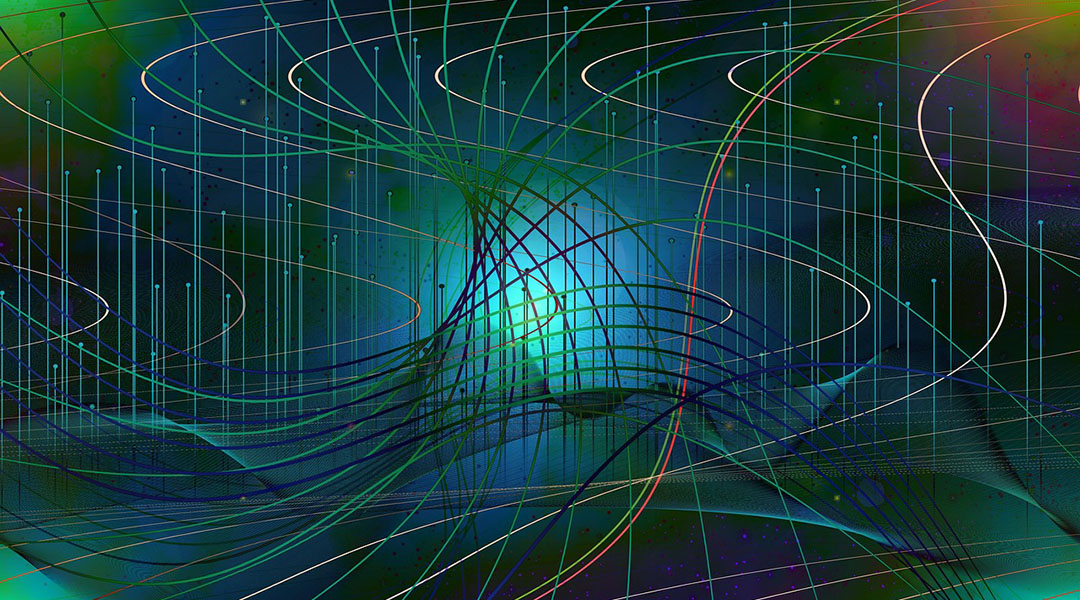

Scientists created flexible probabilistic bits from custom polymers, offering a new, energy-efficient path for AI and machine learning using classical physics.
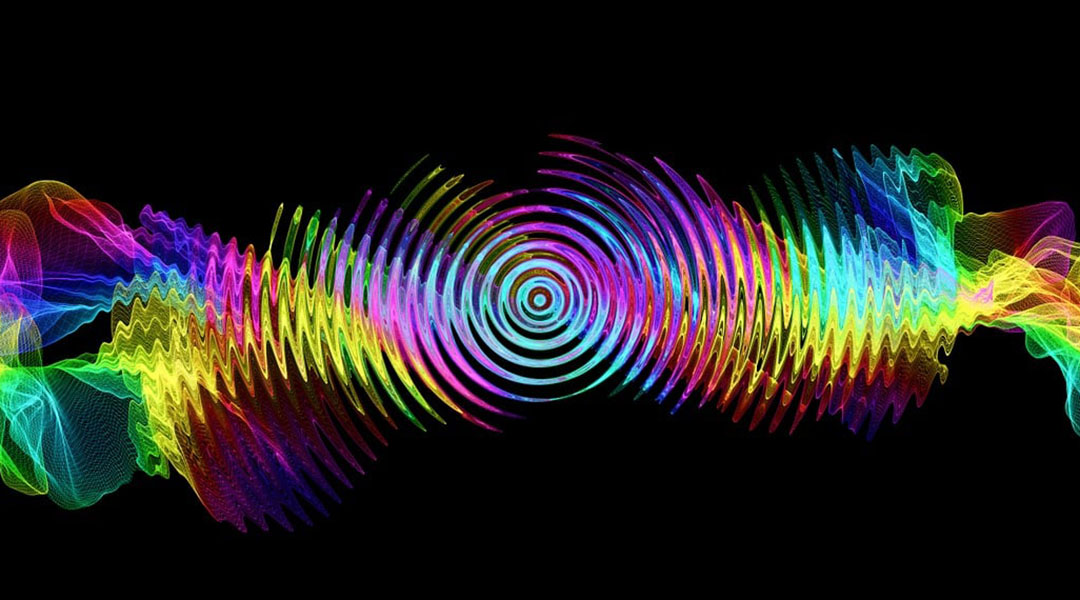
“We’ve essentially reworked the standard recipe for making organic light emitting diodes, like those found in smartphones.”

Rectangular fiber optic cables could increase data transfer rates, benefiting telecommunications and quantum computing advancements.
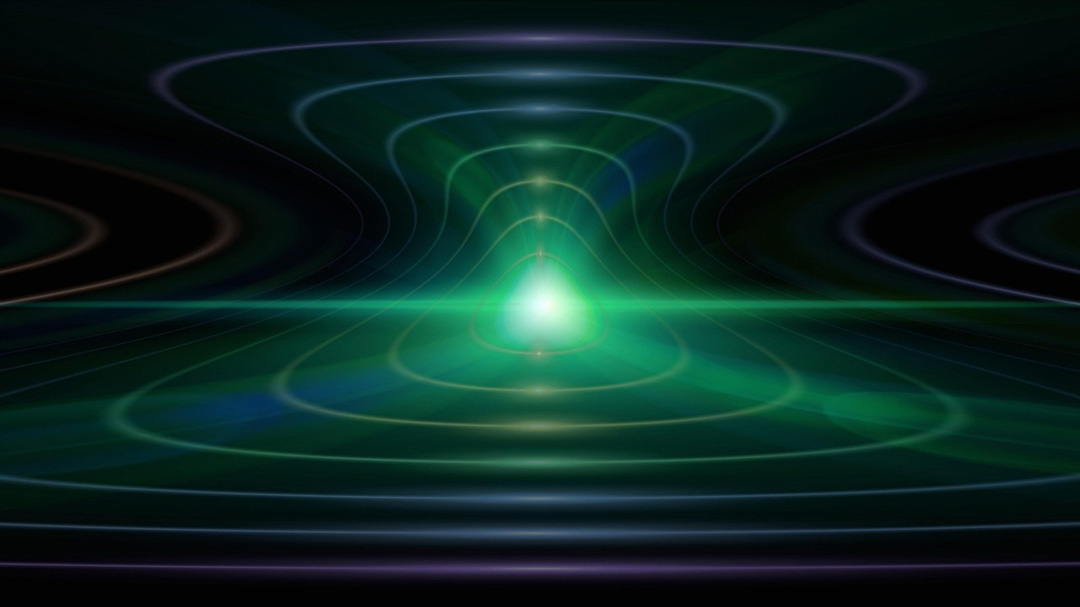
Secure data sharing methods using quantum key distribution via satellites promise advancements in long-distance quantum communication.

A new study explores tetraquarks, predicts new exotic particles, and offers deeper insights into their complex structure and behavior.

Transparent solar concentrators capture the Sun’s energy, making windows and building facades more energy-efficient and sustainable.
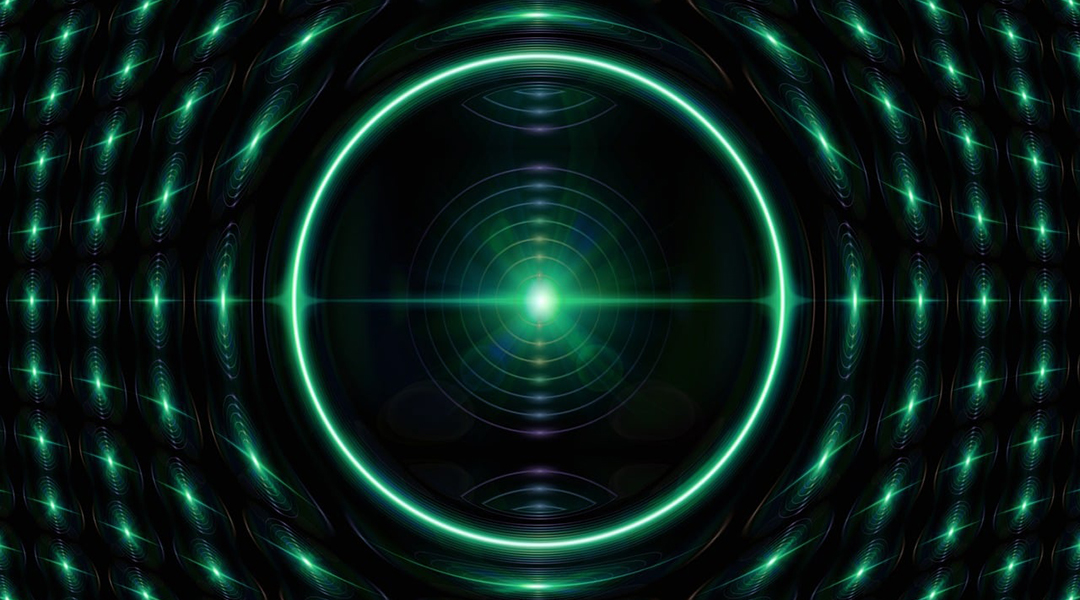
Scientists have uncovered the cause of rapid degradation in powerful gallium nitride lasers and develop a solution to extend their lifespan.
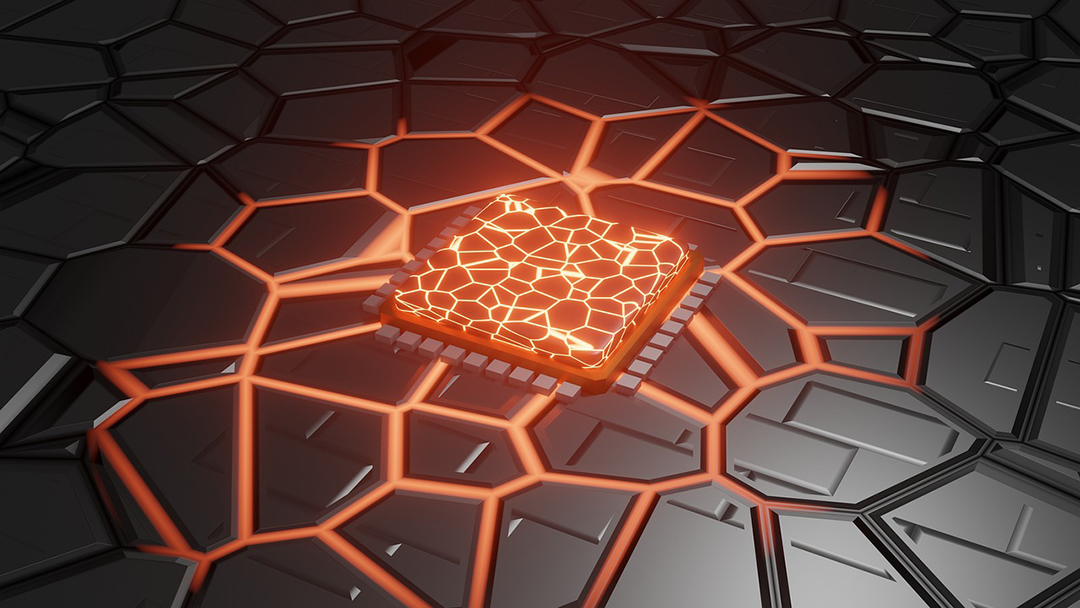
Tackling heat transfer, diamond layers help build 3D circuits with lower power consumption, faster signaling, and increased performance.
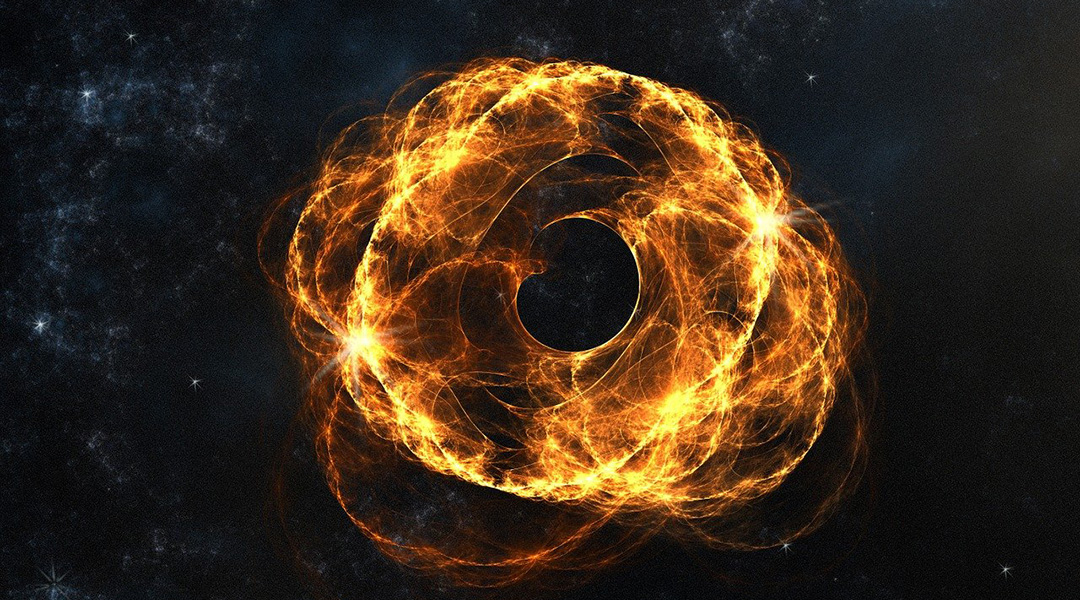
During the tumultuous mergers of black holes, smaller black holes called morsels could produce detectable Hawking radiation.

By adding primordial magnetic fields to the Standard Model, researchers may solve the mystery of the Universe’s expansion.